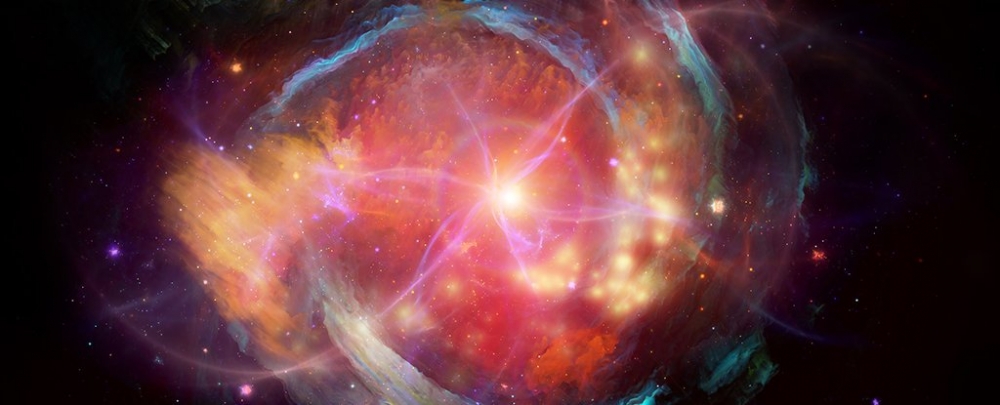What Existed Before The Big Bang? Astronomers Have Found a Test to Narrow It Down

Credit: (agsandrew/iStock)
MIKE MCRAE 31 MAR 2019
Today our middle-aged Universe looks eerily smooth. Too smooth, in fact.
While a rapid growth spurt in space-time would explain what we see, science needs more than nice ideas. It needs evidence that whittles away contending arguments. We might finally know where to look for some.
A team of physicists from the Centre for Astrophysics | Harvard & Smithsonian (CfA) and Harvard University went back to the drawing board on the early Universe's evolution to give us a way to help those inflation models stand out from the crowd.
"The current situation for inflation is that it's such a flexible idea, it cannot be falsified experimentally," says theoretical physicist Avi Loeb from the CfA.
"No matter what value people measure for some observable attribute, there are always some models of inflation that can explain it."
We've been convinced for some time that our Universe is expanding – its fabric slowly stretching out under the influence of some kind of strange 'dark' energy.
If we press rewind on the Universe until it was barely 10^-43 seconds old, we arrive at the limit of what our knowledge of physics can handle. Before that moment? Geometry is so nuts, we just don't know where to start.
Running the calculations backward, we also find the Universe would have had a radius of 10^-10 metres at this crucial moment. That sounds tiny, sure, but it's not tiny enough.
See full text